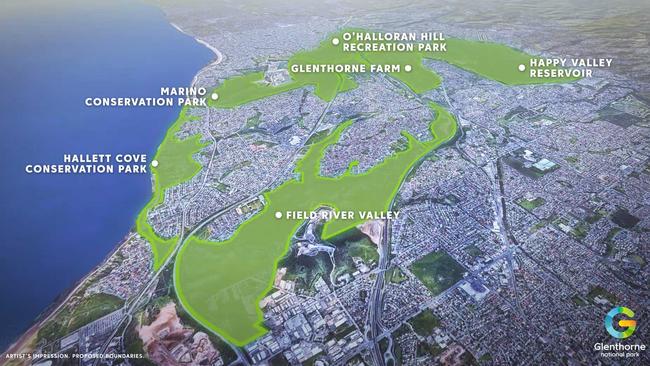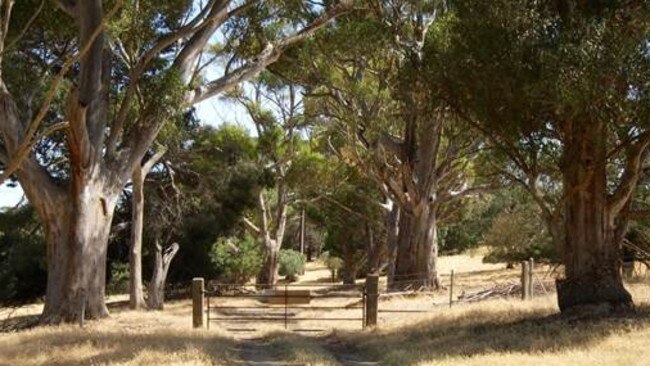Tim Lloyd: Our new southern National Park is closer to being realised
BY taking on the Glenthorne Farm property, 208 hectares of agricultural land in prime southern suburban Adelaide, the State Government is laying the foundations for a National Park to rival Belair, writes Tim Lloyd.

BY taking on the Glenthorne Farm property, 208ha of agricultural land in prime southern suburban Adelaide, the State Government is laying the foundations for a National Park to rival Belair National Park.
Glenthorne Farm, just over O’Halloran Hill, has teetered on the edge of possible subdivision and development as suburbs for decades, the main resistance coming from a small and dedicated group of history and heritage campaigners.
The farm fills the space between two of the main arterial routes, the Main South Rd and the Southern Expressway with some small patches of natural scrub and a broad sweep of undulating fields grazed by sheep.
It is the key piece of land that completes a circle of a much larger complex of reserves that total more than 1500ha.
They include large areas of natural scrub, a potential freshwater playground at Happy Valley, remarkable and little visited coastline to Gulf St Vincent, and the spectacular cliff faces and old mining sites of Field Valley. On one hand, the landscaping and revegetation of the area would add vastly to its appeal. On the other, it would provide long walking and riding trail circuits and recreational facilities.

When it was in State election mode, the new Liberal Government came up with the proposal to declare the entire set of reserves a national park.
Now, it appears the Liberals are making good on the election promise through its deal with the University of Adelaide for what they have called Glenthorne National Park.
The decision is a huge victory for the Friends of Glenthorne, which has campaigned for the preservation of Glenthorne for decades. The friends’ latest act of dedication was to produce a book in May titled Glenthorne, a Defining History & Indefinite Politics.
Glenthorne, once Kaurna land, was taken up by Major Thomas O’Halloran in the 1830s, and originally stretched from the hills to the sea at Marino. His first crop was kangaroo grass for hay. He named it Lizard Lodge and built a home and various other buildings. It was renamed Glenthorne when bought by Thomas Porter in 1878.
After World War II, it became an important CSIRO research centre.
By the 2000s, it had been passed from the CSIRO to the University of Adelaide. At each turn in its development since the 1980s plans for housing subdivisions have been drawn up and at each turn local campaigners, supported by local parliamentarians, have forced the developers to back off.
While the saving of Glenthorne from development has been declared several times in the past 30 years, this latest move at least makes any move to create the 1500ha Glenthorne National Park much easier.
